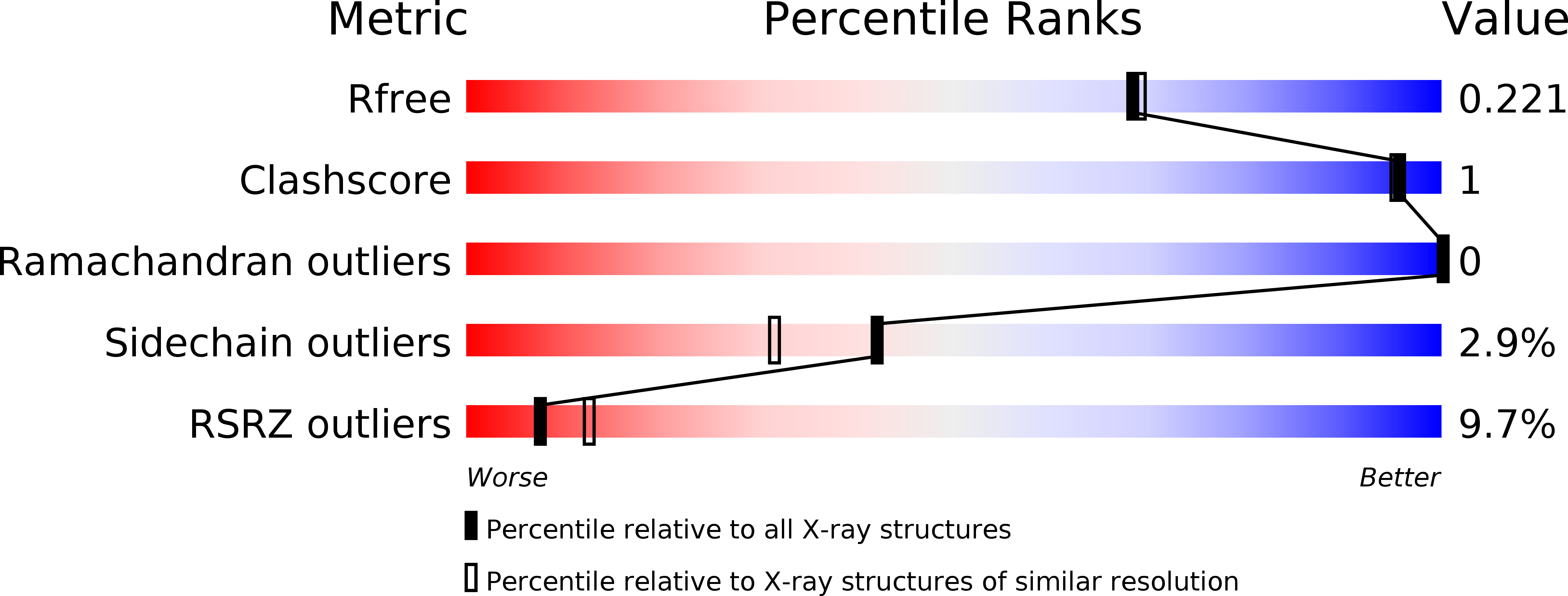
Deposition Date
2015-06-15
Release Date
2015-10-07
Last Version Date
2024-10-23
Entry Detail
PDB ID:
5C26
Keywords:
Title:
Crystal structure of SYK in complex with compound 1
Biological Source:
Source Organism:
Homo sapiens (Taxon ID: 9606)
Host Organism:
Method Details:
Experimental Method:
Resolution:
1.95 Å
R-Value Free:
0.21
R-Value Work:
0.18
R-Value Observed:
0.18
Space Group:
P 21 21 21


